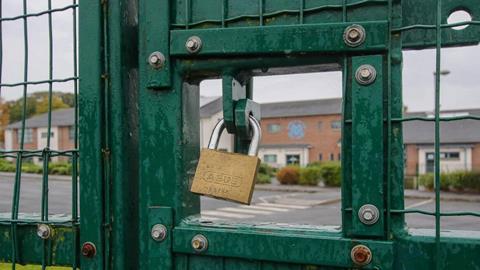More than 100 schools in England have been ordered to take action because of concerns over a type of concrete known as ‘RAAC’ that is prone to collapse.
As families navigate the start of term, it’s not yet clear how many classrooms will have to close. A list of affected institutions has not been made publicly available, but the government says new evidence of the problem emerged over the summer.
Teaching in affected buildings may have to be relocated to temporary facilities or pandemic-style online learning reintroduced, ministers have warned.
In a statement released on September 5th, the Church of England said: “The safety of children and staff in schools is of paramount importance. We are aware of the issue facing some schools… constructed with a certain type of concrete.
“The Church of England Education Office is in contact with Government ministers and the Department for Education on this matter and is ensuring dioceses are aware of the situation where it affects their schools.
“We are in close communication with them about any needed mitigations or contingency measures.”
Announcing the school closures, the UK government said: “We have been proactively monitoring all confirmed cases of RAAC closely.
“Recent cases have led to a loss of confidence in buildings containing the material, leading us to advise education settings (schools, colleges and maintained nursery schools) to vacate all spaces or buildings that are known to contain RAAC, unless they already have mitigations in place to make the building safe.
“We’re working hard to make sure any disruption to education is kept to a minimum.
“The vast majority of schools will be unaffected. Your child should attend school as normal in September, unless you hear differently.”
RAAC was used in schools, colleges and other building construction from the 1950s until the mid-1990s.





























